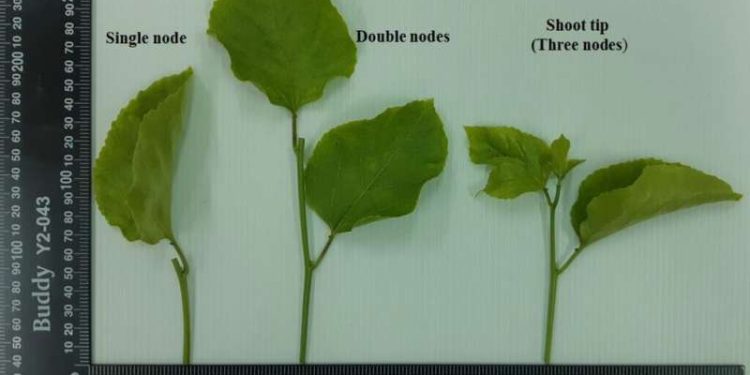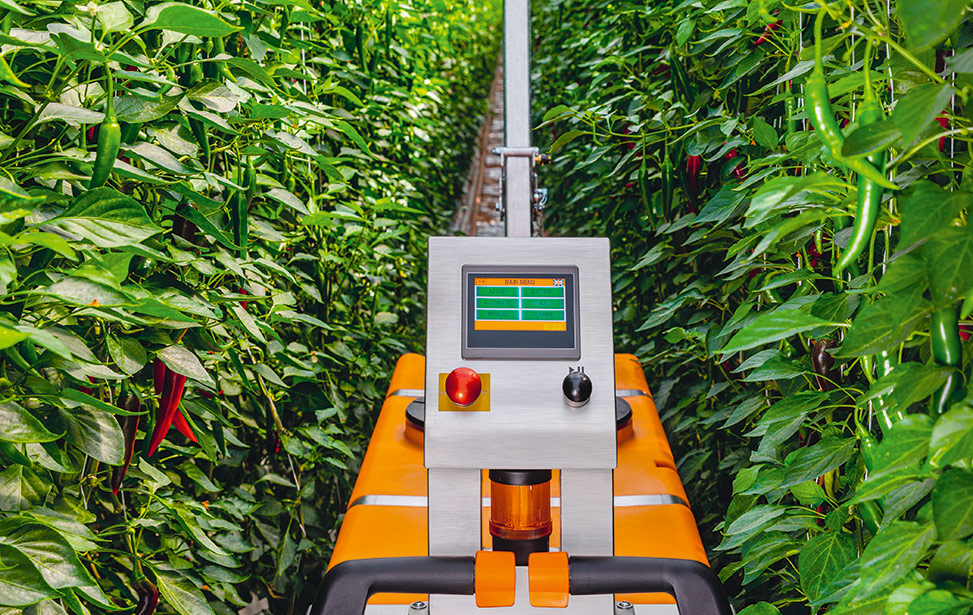Passion fruit has become an important fruit crop in Taiwan and Southeast Asia due to its special taste and nutrient-rich flesh. However, it is seriously harmed by viruses, blight, and brown spot diseases. As a result of virus disease, producers have to renew passion fruit plantlets every year to ensure yield and fruit quality.
Currently, the entire procedure—from the preparation of rootstock seeds to having plantlets ready for planting—may take about 3 months. The shortage of grafted plantlets in internal and foreign markets is a continuous challenge for the industry.
Plant propagation through grafting has been advocated for passion fruit because the perfect combination of rootstock and scion makes it possible to increase resistance to diseases and tolerance to water, drought, and salt stressors. Under salt stress, seedlings propagated by grafting showed better growth and development compared with those from seeds or cutting.
The objective of a study, now published in HortScience, was to improve the production mode to establish a rapid production system of grafted plantlets. The most important commercial cultivar “Tainong No.1” and rootstock variety “Yellow” were used in this research in order to produce grafted plantlets more efficiently.
The optimal environmental conditions for healing and growth of grafted plantlets was a temperature of 25 °C and a relative humidity greater than 85%. The survival rate of grafted plantlets was 100% and incisions healed within 7 days. A decrease in survival rate and a delay in healing time occurs if the temperature drops to 20 °C or rises to 30 °C, and relative humidity decreases to 75%.
With this system, it takes only 56 days to complete the process from seed preparation of rootstock to grafted plantlets ready for sale.
According to authors, Hui-Ping Lo, Long-Yi Lou and Tzu-Bin Huang, “Produce grafted plantlets of passion fruit quickly. Hopefully, a more sufficient system of high-quality plantlet propagation can be set up, and satisfy the requirement of the passion fruit industry in Taiwan and Southeast Asia.”










